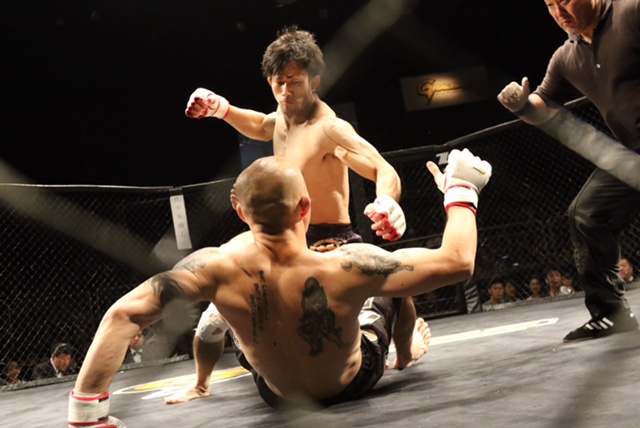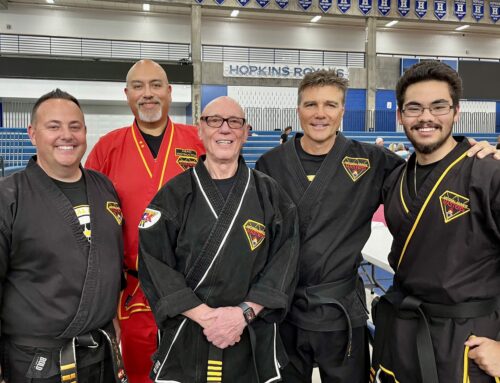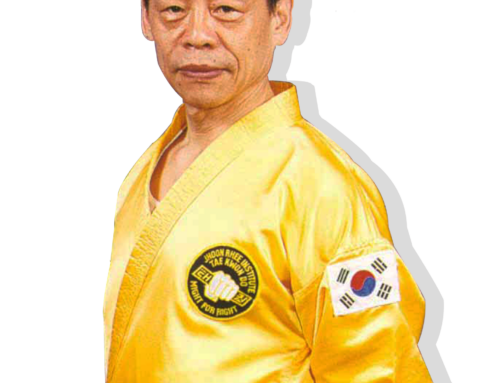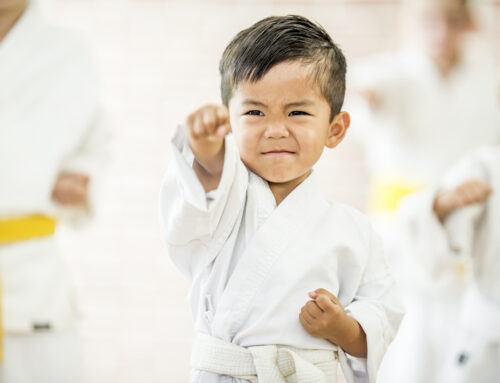What is MMA?
MMA stands for Mixed Martial Arts which is a full-contact combat sport that allows the use of both striking and grappling techniques, both standing and on the ground, from a variety of other combat sports and martial arts. This sport has become phenomenally popular worldwide and especially so among teens and early twenty-somethings.
As a professional martial artist for over 30 years it’s obvious that I love the martial arts. And as an “American Style” martial artist I love to teach a variety of different martial arts. You could say that National Karate is one of the original “Mixed Martial Arts”. We teach a mixture of Tae Kwon Do, Kickboxing, Karate, Krav Maga, Judo, Combat Self-Defense, Weapon Defense, Samurai, Boxing, and more. So it’s not the mixing of martial arts that bothers me. It’s the negatives that come with the MMA environment and culture.
Teenagers Can Gravitate Towards Negative Influences in Their Search for Independence
Our teens and pre-teens are at an impressionable age where they are testing the boundaries and in their search for independence they can start to gravitate towards negative influences. But as a dad, I have an important parenting principle which says, “I don’t have to fund rebellion.” I pay the bills and I get to choose the environments that my teens spend time in. I choose to put them in environments that will encourage them to be successful and people of character.
Given the fact that National Karate & Kickboxing teaches “stand up” fighting better than anyone else, we could easily add a ground fighting instructor to our staff and introduce a MMA program into our current schools and probably make more money. But after looking long and hard at that option I’ve decided that the negatives outweigh the positives. And here’s why…
MMA Image and Environment
Negative Role Models – I don’t want to generalize and say that all MMA fighters are negative role models because I know there are exceptions. But as a whole, the culture cultivates fighters that are more worthy of reproach than admiration. It’s not just the piercings and the tattoos. In fact, I have some Christian music artist friends that have a lot of ink on their bodies. That’s not my preference, but it doesn’t make them bad people. But if you look at the language of the MMA, the taunting, the tweets, jokes about sexual assault, jokes about making the other fighter be “my girlfriend”, and the belief that masculinity equates to violence – it’s not the group of people I would choose as a mentor to my teens.

Gratuitous Violence is violence for the sake of being violent. Usually associated with low budget movies and cult video games. OK – I like fighting. I like contact sports. And back in the day I’ve been in several bar fights (in self-defense). So I’m not a pacifist. But hitting an opponent continually even after he is already knocked out and licking the blood off of a fighters gloves is pandering toward a visceral response in spectators that is not healthy. There seems to be an absence of sportsmanship and respect that other contact sports have. Walmart recently decided not to sell female MMA fighter Ronda Rousey’s book because it was too violent. There is a pattern there.
Concussion Risk

Hygiene Safety.
This is one that most people don’t think about but it’s a very real danger for amateur MMA. I’m talking about MRSA, Hepatitis and AIDS. The professional fighters get tested for these diseases before they compete but the amateur MMA gyms that teens and twenty somethings like to train in can be breeding grounds for these diseases.
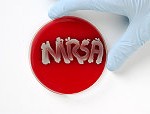

Hepatitis and HIV are widely known and it is widely understood how they can be spread through bodily fluids. Again when two people are ground fighting each other there is opportunity for cuts and abrasions and bleeding that can facilitate the spread of AIDS and Hepatitis. Hepatitis C is impossible to cure and can lead to liver cancer and death. I don’t think I need to explain HIV/AIDS. This is serious stuff. I know that teens like to think they are invincible and that it won’t happen to them but denial doesn’t make you impervious to disease.
Last, I would just say that MMA seems to be the fire power of the martial arts without the benefits of respect, character building and achievement. There is no code of ethics or tenets in MMA like there are in mainstream martial arts. There are no goals or steps to achieve like the belt system of earning a Black Belt.
A Solution: National Karate is a Good Compromise Between MMA and Traditional Martial Arts
People tell me all the time that traditional martial arts seem kind of stale and outdated and not attractive to teens. I can understand that. National Karate is different. We are known as an “Americanized” martial art that keeps the valuable parts of the traditional martial arts but also brings the sport into the 21st Century with cutting edge fighting and martial arts techniques. We have a lot of variety because we teach some of the best parts of many different styles; like Tae Kwon Do, Kickboxing, Karate, Judo, Combat Self-Defense, Weapon Defense, Samurai, Boxing, and more. So National Karate is a good compromise for teens who want more action than traditional martial arts without going into the MMA environment.
Life Skills Needed to be Successful are Taught at National Karate
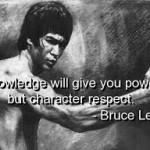
Discipline. My personal martial arts testimony is this. Every report card I had in High School said that I had aptitude but didn’t apply myself. Then I joined National Karate and started to learn about discipline and hard work. My first quarter in College I was on the Dean’s list. Not because I magically got smarter, but because karate taught me the discipline of how to apply myself. I took the principles I learned from earning my Black Belt and applied them to school. I became a different person and it changed my life.

What’s on Your Resume’?

By Cristian Nelson
Read about Historic 10th Degree Promotion

